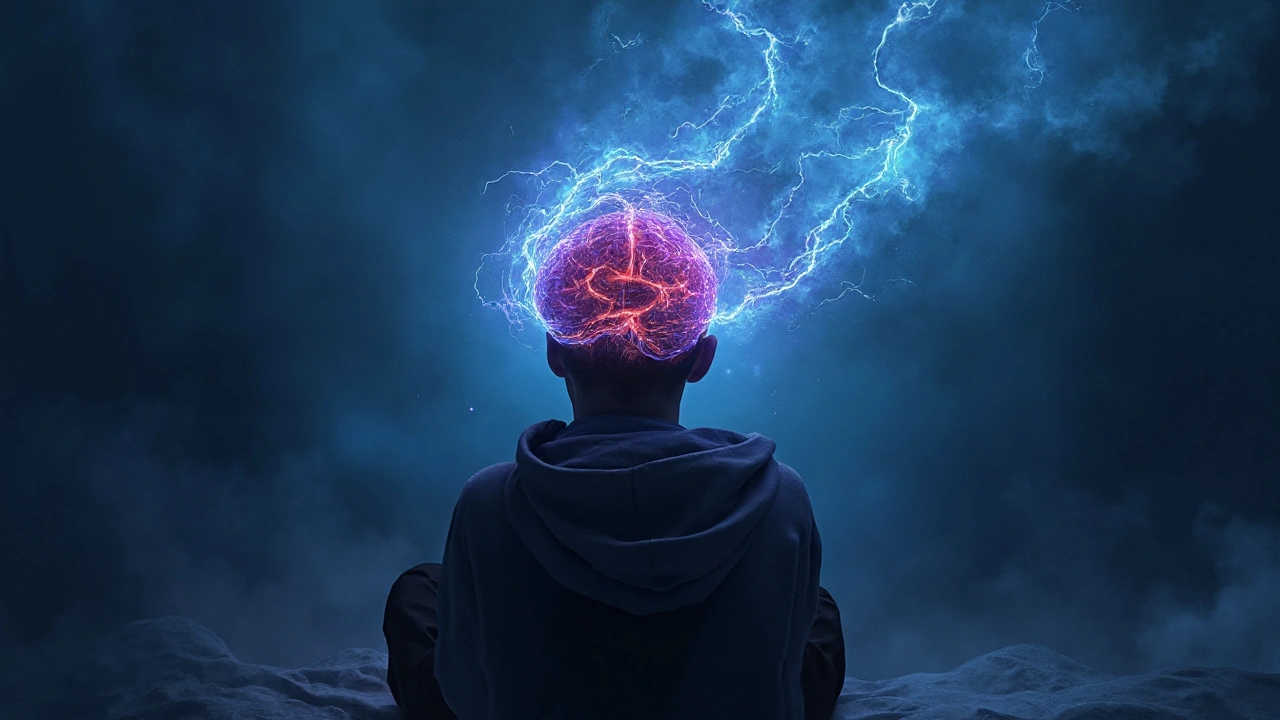Epilepsy and Migraine Link: What You Need to Know
If you’ve ever wondered why some people get both seizures and pounding headaches, you’re not alone. Many patients report that epilepsy and migraine show up together, and the overlap can make diagnosis and treatment tricky. In this guide we break down the how and why, point out the warning signs, and give practical tips to keep both conditions under control.
How the Two Conditions Overlap
First off, epilepsy and migraine share a few biological clues. Both involve abnormal electrical activity in the brain – seizures are a burst of uncontrolled firing, while migraine aura is a wave of spreading depression that briefly silences neurons. That similarity explains why some people experience a "migraine‑triggered seizure" or a "seizure‑triggered headache".
Typical migraine aura—flashing lights, zig‑zag patterns, or tingling—can sometimes be mistaken for a simple seizure. The key difference is timing: aura usually builds up over minutes and fades, whereas a seizure spikes and lasts seconds to a few minutes. If you notice a visual disturbance that progresses slowly and is followed by a headache, you’re probably dealing with migraine rather than a seizure.
Genetics also play a role. Certain gene mutations, like those affecting ion channels (e.g., CACNA1A), increase the risk of both disorders. Families with a history of either condition often see the other pop up in younger relatives.
Triggers overlap, too. Stress, lack of sleep, bright lights, and hormonal changes can set off both migraines and seizures. That’s why a stressful week might bring a headache one day and a seizure the next.
Managing Both Epilepsy and Migraine
The good news is you can treat both without causing a clash. Talk to your neurologist about medications that hit both targets. Some antiepileptic drugs (AEDs) like topiramate and valproic acid are also proven migraine preventives. Starting one of these can reduce seizure frequency and lower the number of migraine days.
When you’re on a drug that works for one condition but worsens the other, your doctor may adjust the dose or add a second medication. For example, beta‑blockers help migraine but can lower seizure threshold in rare cases, so caution is needed.
Lifestyle tweaks work wonders. Keep a simple diary: note sleep hours, meals, stress levels, and any aura or seizure activity. Patterns will emerge, and you can avoid the triggers that show up most often. Regular sleep—7‑9 hours a night—helps stabilize brain excitability.
Hydration matters. Dehydration can lower the seizure threshold and trigger migraines, so aim for about eight glasses of water daily. Also, moderate caffeine intake; a cup or two can relieve headache pain but too much may spark seizures.
Stress‑management techniques are a must. Simple breathing exercises, short walks, or mindfulness apps can keep cortisol spikes in check. If you notice that a stressful event preceded a migraine or seizure, try to schedule a quick relaxation break right after.
Finally, don’t ignore warning signs. If a headache feels unusually severe, lasts longer than 24 hours, or is accompanied by new visual changes, call your doctor. The same goes for any seizure that lasts longer than five minutes or happens repeatedly without recovery.
Living with both epilepsy and migraine can feel like walking on a tightrope, but with the right tools—medication, tracking, and lifestyle habits—you can find balance. Talk openly with your healthcare team, stay on top of triggers, and remember that many people successfully manage both conditions every day.
Exploring the Link Between Migraines and Tonic-Clonic Seizures

An in‑depth look at how migraines may be connected to tonic‑clonic seizures, covering shared mechanisms, diagnosis, treatment and future research.
